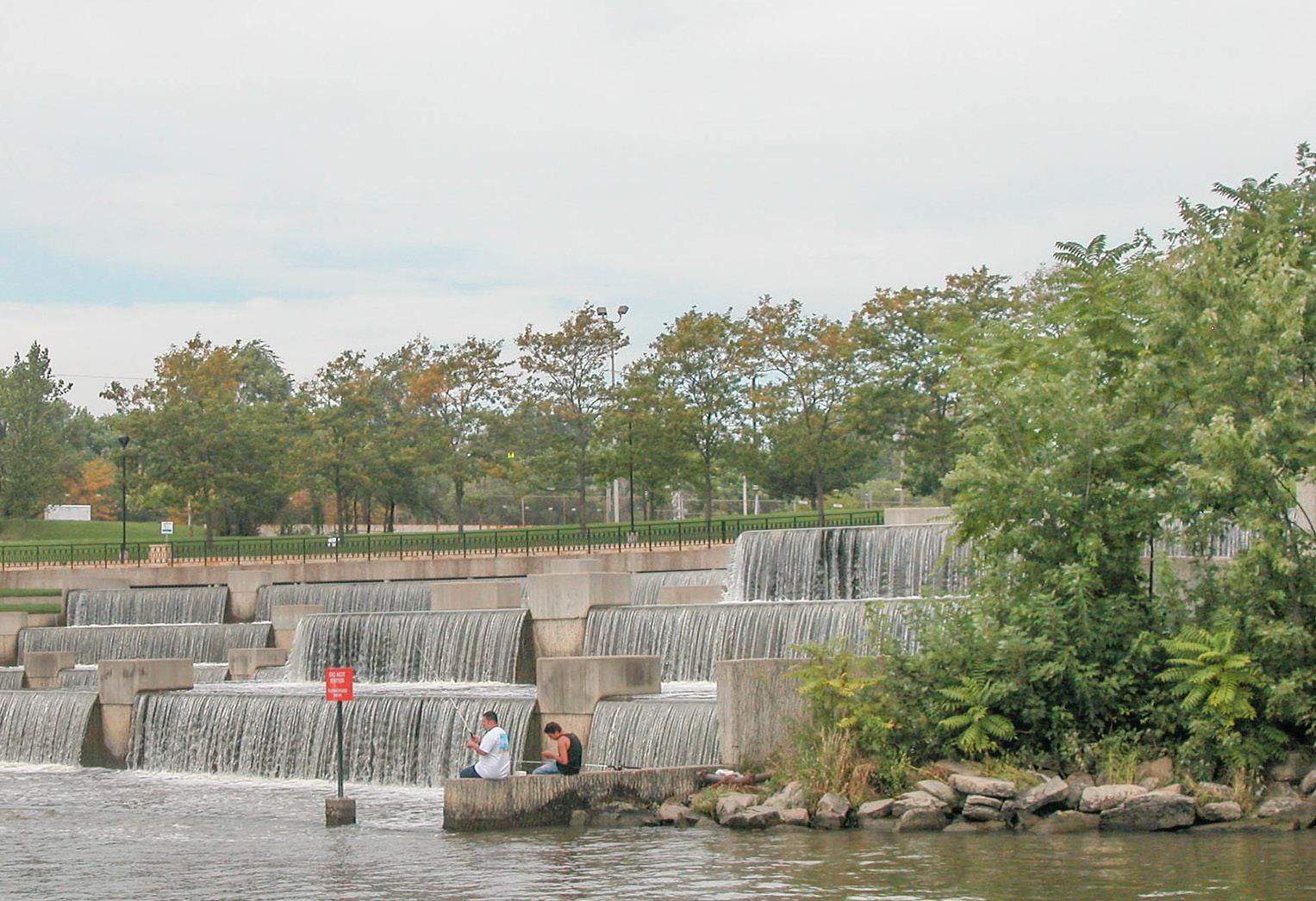
1 minute read
Why this Plan and Why Now
WHY THIS PLAN AND WHY NOW
Blue Island’s neighbors are already moving towards a cleaner energy future. Neighboring Calumet Park recently received funding for a Transit Oriented Development, and just north of the city, Exelon has built a solar farm. Blue Island is primed to set into motion clean and efficient energy projects that will benefit residents well beyond 2040 and ensure the city attracts further investment to remain competitive.
Advertisement
Looking at Illinois, the 2016 Future Energy Jobs Act (FEJA) creates a zero emission standard with the goal of carbon neutral electricity generation in the state by 2050. FEJA funds the Illinois Solar program to increase localized solar energy production. Between $250M and $400M will go towards energy efficiency programs per year with $30M for job training.1 In February 2021, the Clean Energy Jobs Act was reintroduced in the state legislature. This act would increase funding for programs created by FEJA by 400%. Additionally, the bill seeks to fund transportations projects that reduce gas and diesel emissions.2 Illinois’ direction is towards renewable energy and funding for projects that get communities in Illinois closer to energy efficiency and clean energy will continue to be available. Blue Island will find aid at more than just the local level. The Biden administration has made the reduction of greenhouse gases by pursuing increased energy efficiency and implementing a clean energy standard a top priority, pushing bills that would require 100% clean energy consumption in the
David Wilson (2006).
US by 2035-2050.3 To achieve this goal, the Biden administration has proposed a legislation that would include $174B for electric vehicle infrastructure, $115B to modernize roads, $50B for infrastructure climate resilience, and $48B for workforce development.





